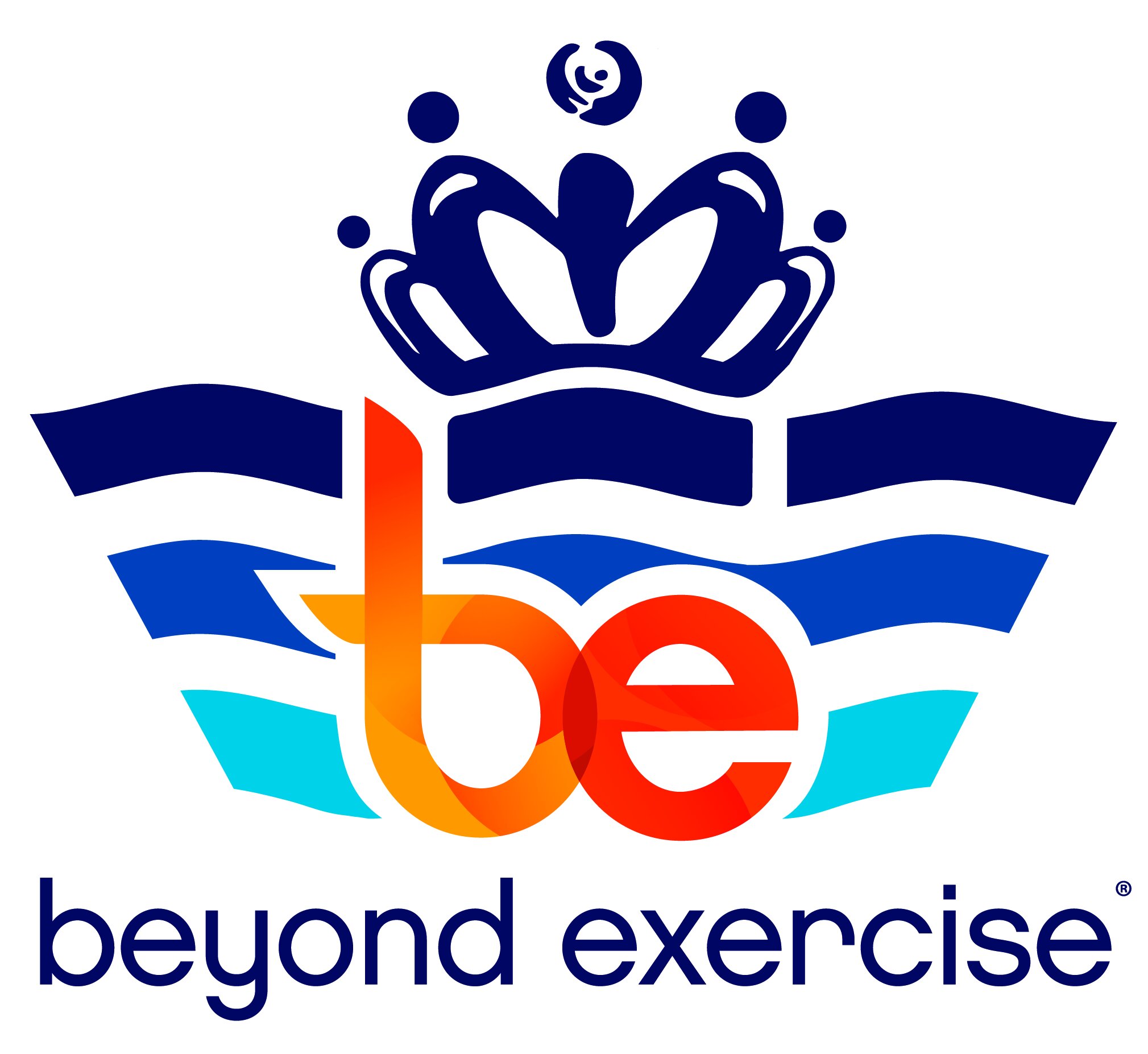Low Back Pain In Dancers
by Dr. Amber Roberts, PT, DPT
What the research shows:
All literature reviewed stated clearly that low back pain is the most likely injury seen in professional dancers. A systematic review completed in 2019 reported that 73% of dancers will experience a bout of low back pain within a calendar year. Another study completed in 2019 studied 119 dancers and reported 52% of the population experienced an episode of acute onset low back pain, 24% experienced chronic low back pain and 17% of these athletes had to miss activity due to the pain they were having. These staggering numbers demonstrate how often dancers are having to perform at high levels while encountering serious low back pain.
Potential causes of low back pain:
Joint hypermobility/instability
Dancers are asked to hold extended postures for long periods of time as well as perform quick, precise movements that require a large range of motion. If a joint is not stable, either due to poor muscle strength, muscle control, or a joint laxity pathology, the joint and surrounding soft tissue become more susceptible to wear and tear and overuse.
Poor core control and strength
The core muscles (deep abdominals, diaphragm, and back muscles) provide a large portion of stability for the low back. If they do not contract when they are supposed to or at the necessary level of force required to support the dance movement, the low back muscles can get strained and/or the joints can get irritated.
Immobility of the thoracic spine (mid-back)
If an individual does not have adequate mobility in the thoracic spine this can result in excessive joint and muscle compensation in the low back.
Immobility of the sacroiliac joints (pelvic joints)
The bottom of the spine connects to two bones that form your pelvic girdle. This point of connection happens at the right and left sacroiliac joint. In addition to contributing to normal pelvis/spine mobility, these joints act as a gateway of force transmission to and from the spin. This joint can become immobile, leading to altered pelvis and spine alignment, improper use of muscles, and extra stress to connective tissue, causing pain into the back, gluteals, and sometimes into the thighs.
How do we treat these impairments?
Manual Therapy - This treatment includes joint mobilizations and soft tissue work such as active release, cupping, instrument-assisted soft tissue mobilization. This helps with getting joints and tissue to move optimally as well as help muscles to feel less tense.
Neuromuscular control training - Retraining the mind-to-muscle connection and ensuring that the proper muscles are firing during dynamic activity is key to protecting the body from injury. This is accomplished through specific motor coordination exercises that re-trains the body to move optimally during dance.
Dance-specific therapeutic exercise program - Specific strength deficits are addressed after they are identified via a physical therapy exam. This will ensure the athlete has the proper amount of strength in the range of motion required for dance in order to eliminate stress points and to improve overall dance capabilities.
Home exercise program - The most important part of any treatment plan is the work you do at home! This will be a unique and individualized program for the dancer.
Complementary training - After your symptoms have resolved, using a team of practitioners as ongoing support for your dancing will help the dancer continue to get stronger as well as recover from rigorous training and performance periods. Dancers are no different than traditional sports athletes in that they need extra support to continue performing. A strength program (weight training, Pilates) and maintenance visits with a physical therapist and/or a massage therapist will go a long way in helping to prevent recurrence of the injury. Not only that, but a dancer can certainly elevate their skill sets by getting stronger and staying healthy.
Sources:
Christopher T.V. Swain, Elizabeth J. Bradshaw, Douglas G. Whyte, Christina L. Ekegren, The prevalence and impact of low back pain in pre-professional and professional dancers: A prospective study,Physical Therapy in Sport, Volume 30, 2018, Pages 8-13, ISSN 1466-853X, https://doi.org/10.1016/j.ptsp.2017.10.006. (https://www.sciencedirect.com/science/article/pii/S1466853X17302559)
Henn ED, Smith T, Ambegaonkar JP, Wyon M. LOW BACK PAIN AND INJURY IN BALLET, MODERN, AND HIP-HOP DANCERS: A SYSTEMATIC REVIEW. Int J Sports Phys Ther. 2020 Oct;15(5):671-687. doi: 10.26603/ijspt20200671. PMID: 33110686; PMCID: PMC7566832.
Swain CTV, Bradshaw EJ, Ekegren CL, Whyte DG. The Epidemiology of Low Back Pain and Injury in Dance: A Systematic Review. J Orthop Sports Phys Ther. 2019 Apr;49(4):239-252. doi: 10.2519/jospt.2019.8609. Epub 2019 Jan 18. PMID: 30658051.
